The Wisconsin Department of Natural Resources (DNR) and UW-Madison Division of Extension (UWEX) are partnering to better understand the informational resources available to professionals who provide tree care advice and services to urban residents in Wisconsin. Using information collected from an exploratory survey in early 2019, DNR and UWEX staff plan to improve access to these resources and address additional needs by creating new resources. Next steps include identifying a place where existing and new materials can be easily accessed by all audiences.
When asked to report the most commonly discussed topics with homeowners, pests and diseases emerged as the top issue (36% of respondents) with tree planting/care/selection or tree pruning as other popular topics (20-23% of respondents respectively). While 75% of respondents say that they use verbal advice to share information with residents always or most of the time, they also identified a diverse range of topics and types of content that they would find useful when communicating with their audiences. Click this link to view the wide range of suggestions offered by survey respondents.

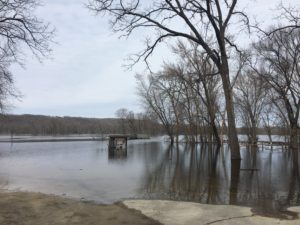
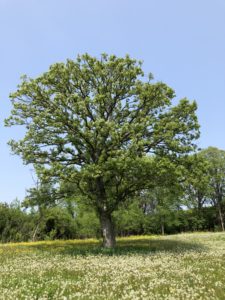
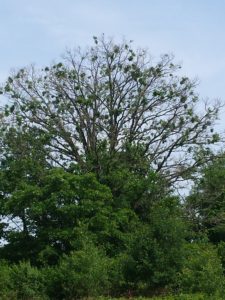

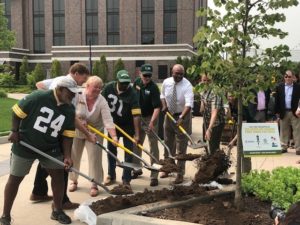
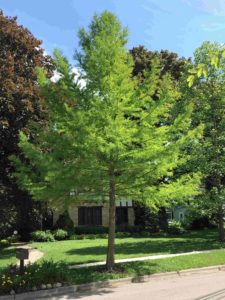
 The professionally-designed version of the Heterobasidion root disease (HRD) stump treatment guidelines is now posted on
The professionally-designed version of the Heterobasidion root disease (HRD) stump treatment guidelines is now posted on